Getting Started: Walking for Beginners
Curious about the world but unsure how to get started? We go through the best steps to take before your walk begins.
Getting Started: Walking for Beginners
https://www.contours.co.uk/getting-started-walking-for-beginners-post
by Nicky Jaquiery
If you’re a novice and have never really considered walking, now’s your chance to give it a go. It doesn’t matter how old you are or how fit you are, anyone can walk. It’s good for you, it’s sociable, and best of all, it’s free!
I’ve been walking for many years now. I started walking as a child on family holidays and then completed my first long-distance walk, the Coast to Coast Walk, with a friend when I was 16 years old. I can still remember the sense of freedom I felt when my dad dropped the two of us off at St Bees and waved us goodbye.
You may not be thinking of walking across England just yet, but there’s nothing to stop you from going for a shorter and less demanding walk. Whilst it may seem daunting at first, all that’s needed is a little preparation and you’ll be ready to go.
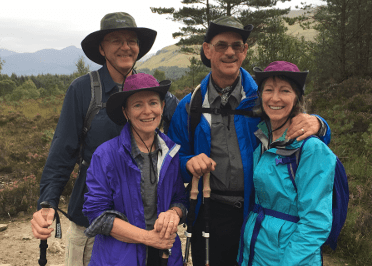
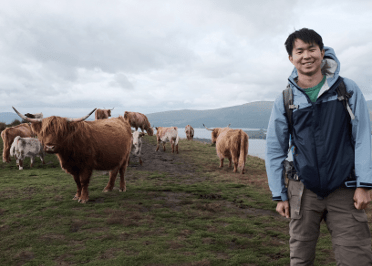
To help you, I’ve put together my ideas for getting started. I’ve included some important hints and tips so you don’t have to learn the hard way like I did!
First of all, decide where you want to go and determine your fitness level. How far do you think you can walk in one stint?
In the first instance, don’t be too ambitious with mileage, and keep in mind the way steeper, more challenging terrain will slow you down.
I would suggest a short walk in an area close to home to build up your confidence. As you get fitter and gain more experience, you can gradually extend the length of your walks.
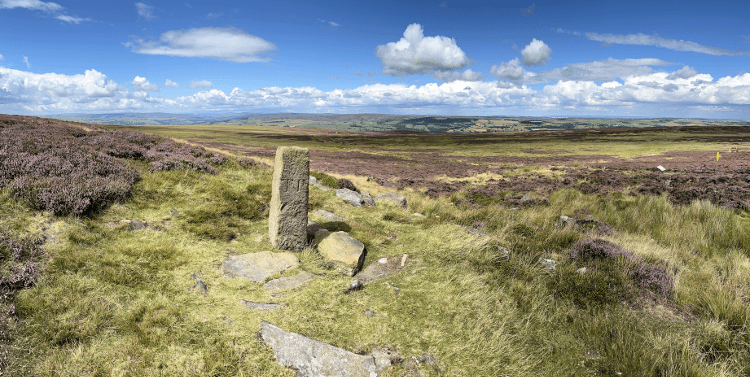
Wherever you decide to go for your first walk, you need to make sure that you’re properly prepared, otherwise you’ll be put off before you really get started!
Having the right equipment and clothing can make all the difference to your enjoyment of a walk. You need to be comfortable and safe whatever the weather, and bear in mind that the weather in this country can change quickly!

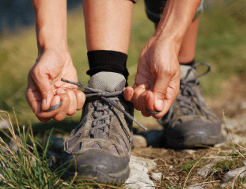

There’s no need to go out and spend lots of money, especially if you’re just getting started, but it is a good idea to buy a pair of walking boots, layers of clothing that wick away moisture, a waterproof jacket with a hood and waterproof over trousers. It’s essential that you break in your boots to avoid sore feet, and worse, debilitating blisters.
Think about choosing several layers of thin clothes rather than a couple of thick ones. This means you can take layers off or put layers on according to the weather and how you feel.
When you’re on your walk, listen to your body and stay alert to changes in terrain. Take off a layer before you overheat while tackling a hill, and put on an extra layer before you become too cold, for example, when you stop for a break.
I always put on another layer even if I only stop for 10 minutes to have a drink and a snack. You’ll soon cool down, especially if the area is exposed or it’s windy.
Don’t forget to carry a hat and gloves or a sunhat depending on the weather. Do not wear jeans or cotton clothing because these don’t wick away moisture. If they get wet, you’ll be cold and uncomfortable for the rest of your walk.
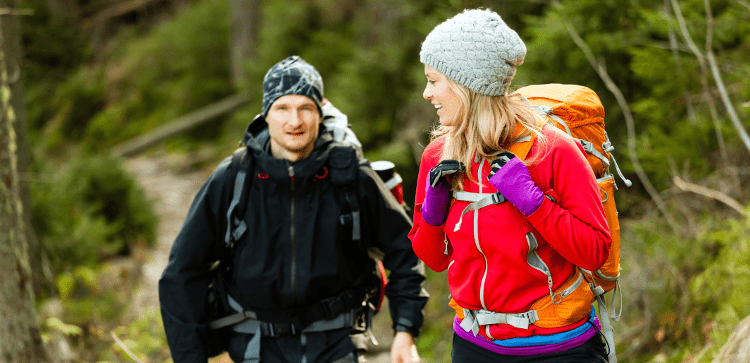
Choose a comfortable rucksack. It should be big enough to carry everything you want for your walk, but not too big. The bigger your rucksack, the more stuff you’ll put in it that you don’t need! You should pack sensibly: not too light that you leave the essentials behind and not too heavy that you’re struggling to lift your rucksack.
It’s a good idea to carry a basic first aid kit, spare clothes and a map. Make sure you know how to use your equipment, and although it sounds obvious, practice this before you leave home and set off on your walk!
Bring enough food and drink to cover the entirety of your walk, too. On longer excursions, don’t forget snacks and maybe a flask if you like something hot to drink. Again, listen to your body; drink often and eat regularly to ensure you stay well hydrated and keep your energy levels up.

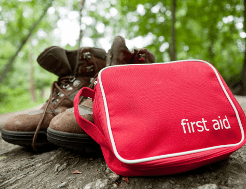
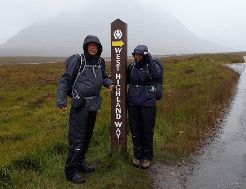
It doesn’t matter whether you’re a beginner or an experienced walker, you should check the weather forecast before you begin your walk. If there is likely to be heavy rain and strong winds you may decide to leave your walk for another day!
When you start walking, don’t be in too much of a hurry and take time to enjoy your surroundings. It’s important not to wear yourself out too soon; a manageable pace is critical for long-distance hiking.
Know your limits, too, and if you do find that a walk is too much — perhaps if you tire earlier than expected, or the terrain turns out to be trickier than you thought — then it’s perfectly acceptable to turn round and go back. The key is to stay safe and plan for a safe return.
This means it’s advisable to let someone know where you’re going and when you’ll be back. Don’t forget to check-in with that person when you do get back.
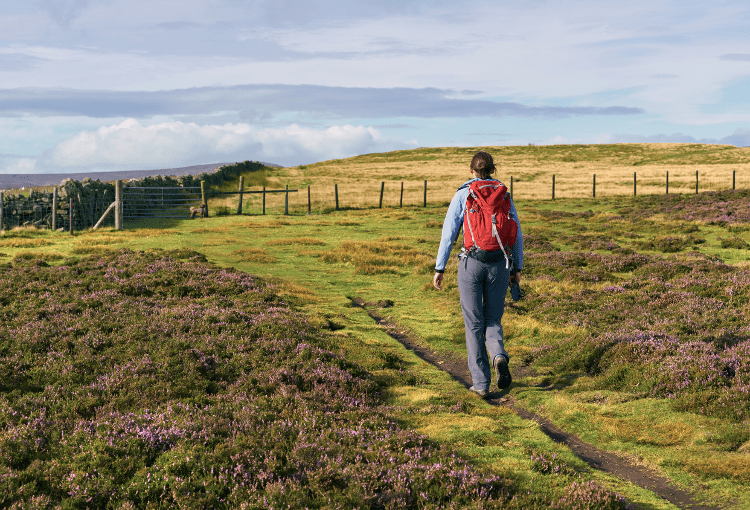
Lastly, I wouldn’t necessarily recommend that a beginner set off alone, particularly if it’s a long walk. Think about pairing up with a friend or finding a walking group or club that you can join.
As you look to take on longer, multi-day walks, beginner-friendly walking holidays are a great option. They provide an excellent opportunity for you to try out a whole range of tested, interesting walks that are suited to you and your ability. Plus, your accommodation is booked for you and your luggage transferred between overnight stops, so there really is no excuse not to get started!
Outdoors Enthusiast
Nicky Jaquiery is a frequent contributor to the Contours Holidays blog, tapping into her vast experience out in the countryside as walker and runner to produce thoughtful and practical articles.